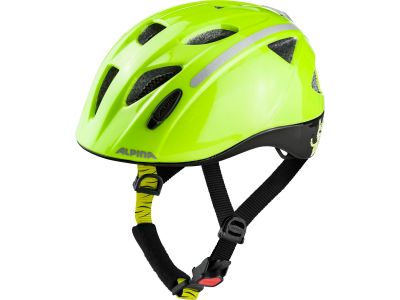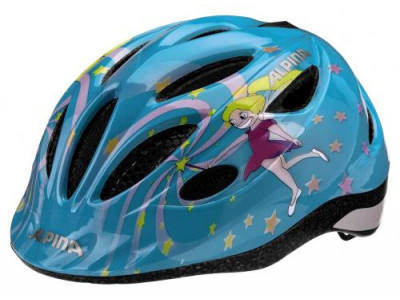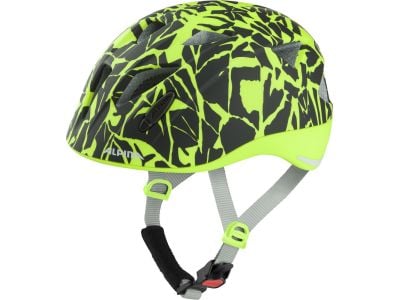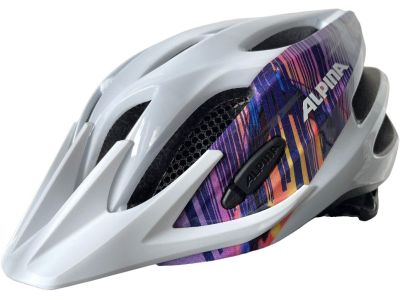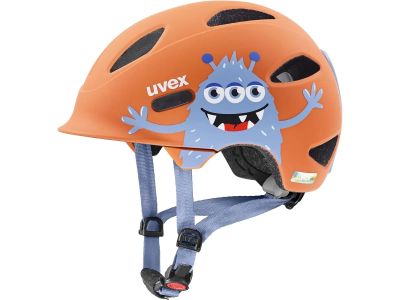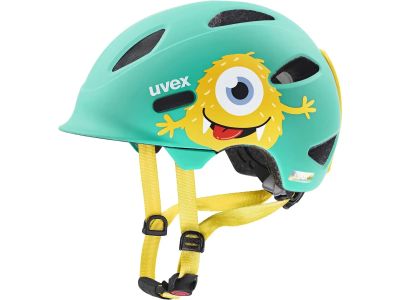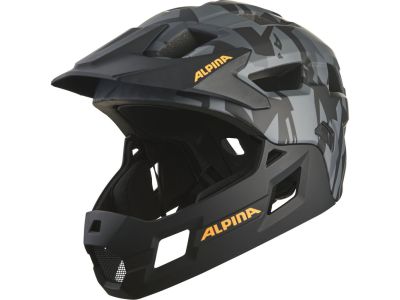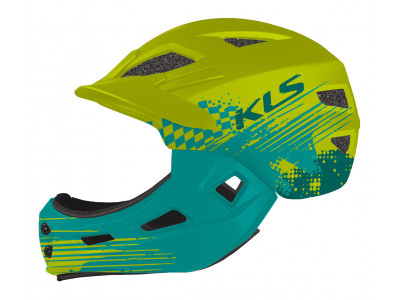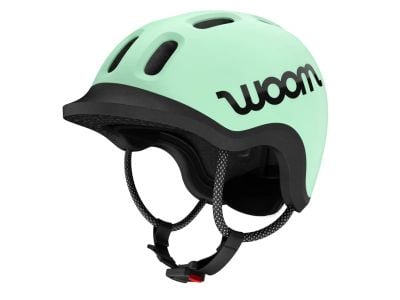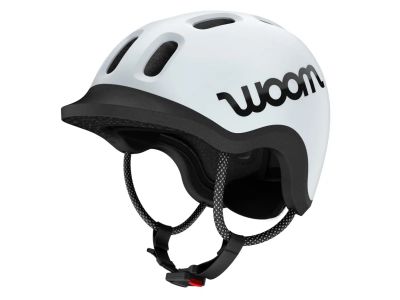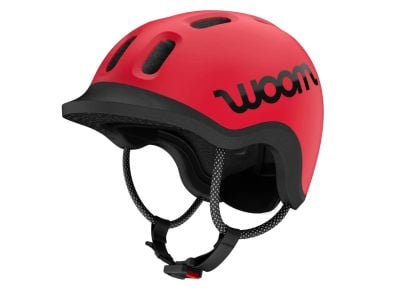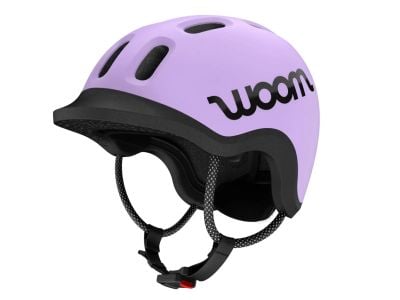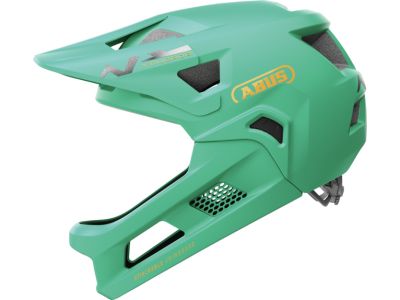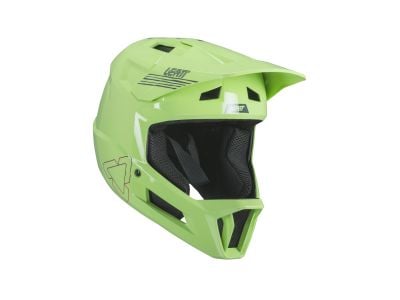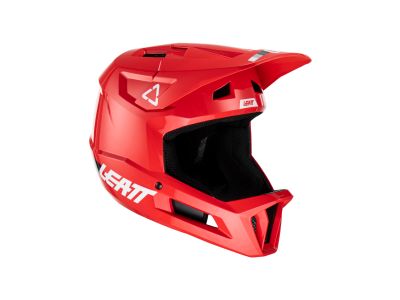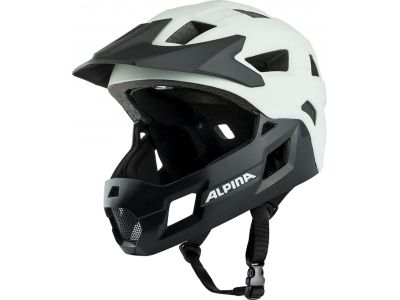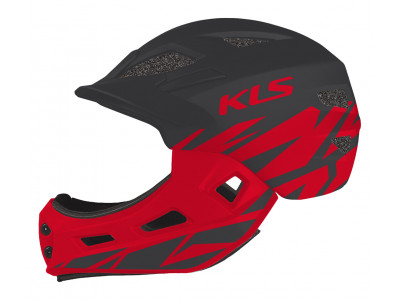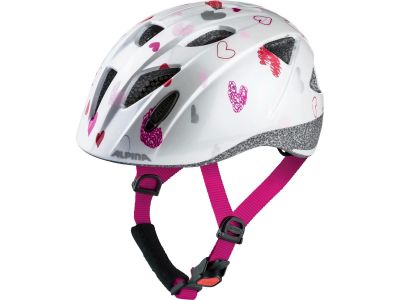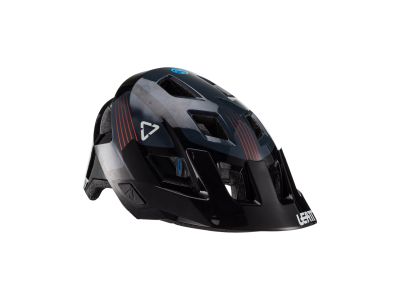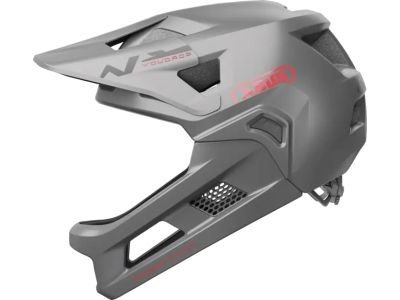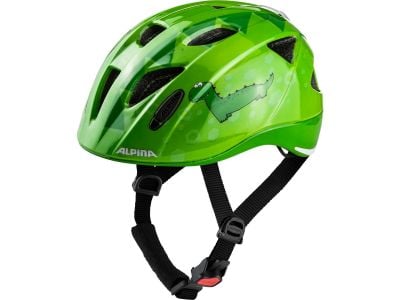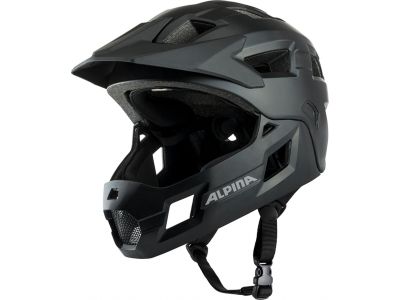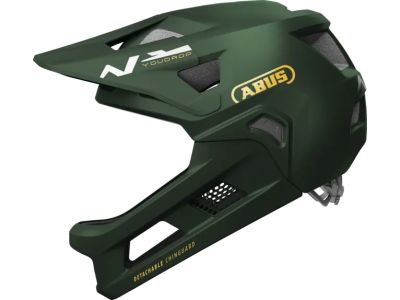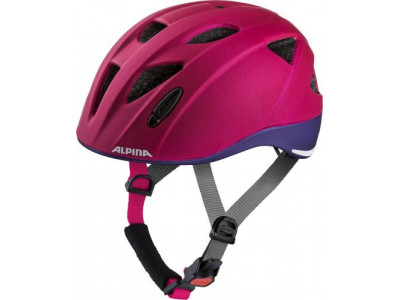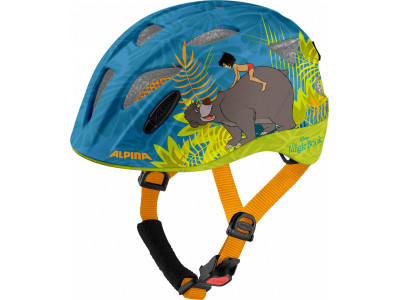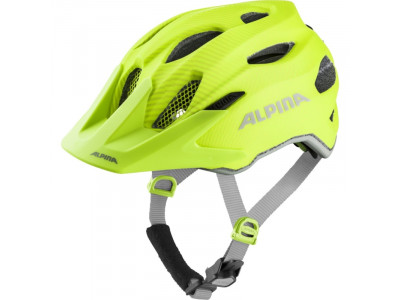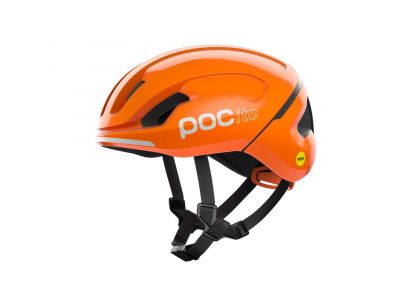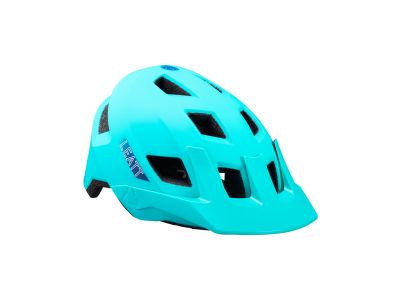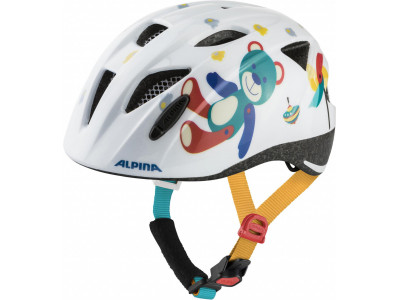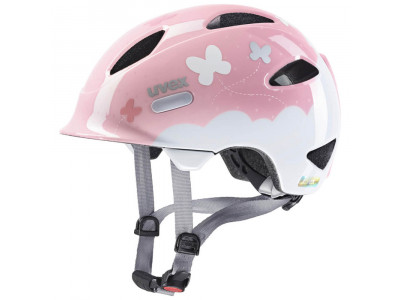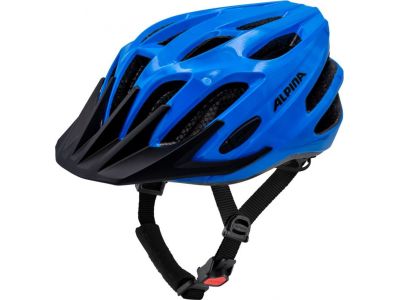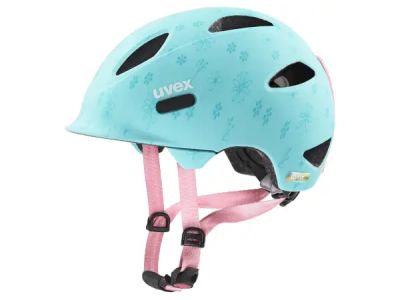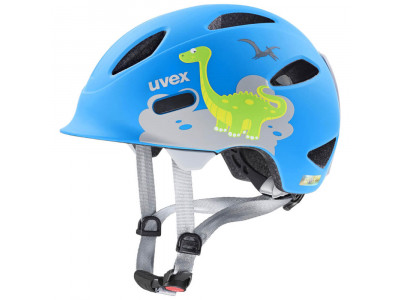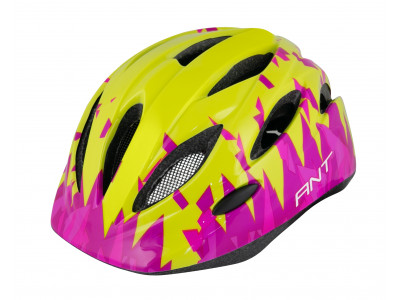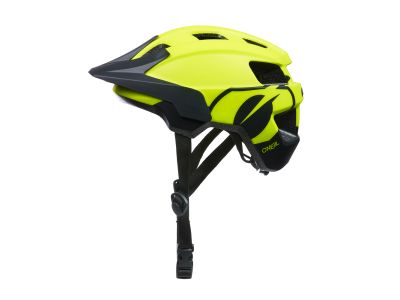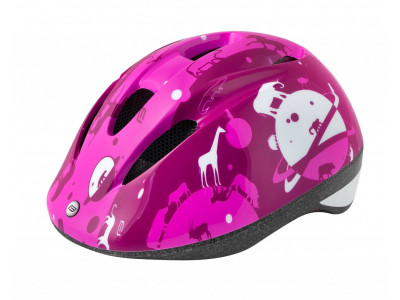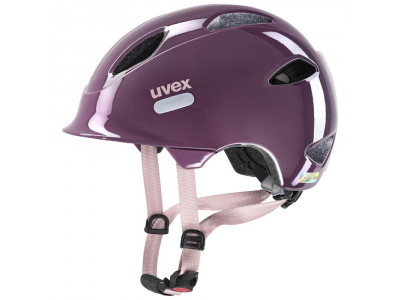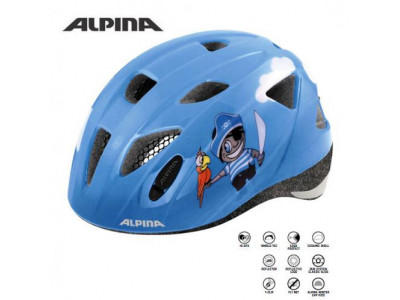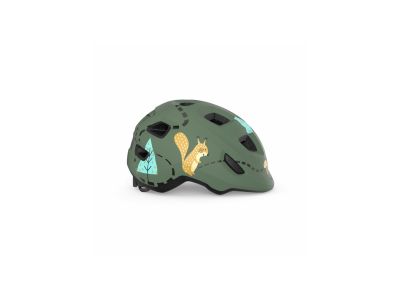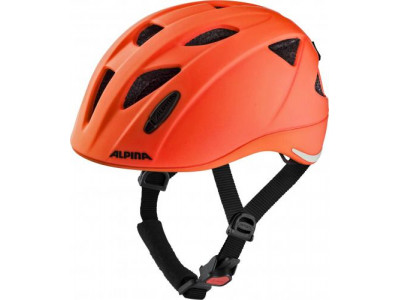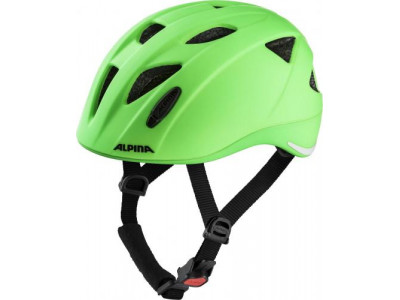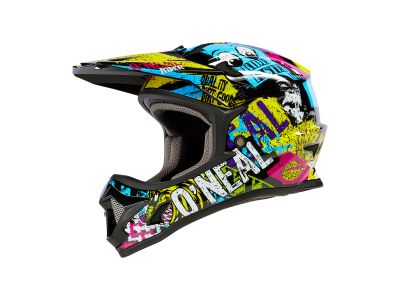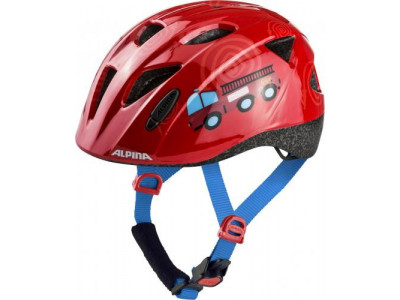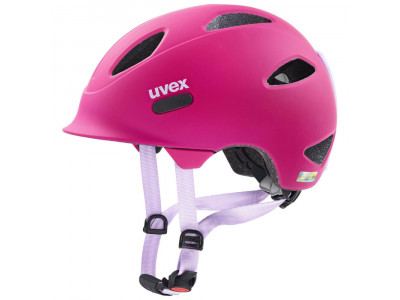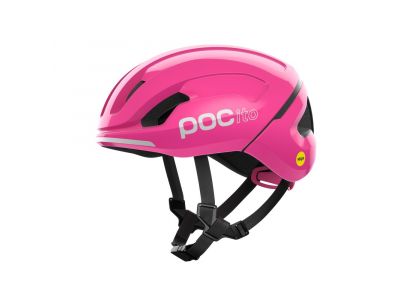A helmet is an essential accessory for the smallest riders, and the
right size is very important. Manufacturers can label sizes according to the child's age or head circumference in cm. Details are listed individually under each product. A helmet that is too large and does not fit firmly on the child's head does not fulfil its function.
With children, pay particular attention to their safety and the correct size of the helmet, so that it fits them well.
What types of children's helmets are there?
There are different types of bike helmets designed specifically for children, each offering unique features and benefits. Here is a description of some common types:
- Universal helmets: Suitable for a range of activities including cycling, skateboarding, and roller skating. Often have a durable outer shell, adjustable straps and sufficient ventilation for comfort during various sports.
- Balance bike helmets: Designed for young children who are learning to ride balance bikes or scooters. Usually have a lightweight construction, additional padding for added comfort, and a simplified strap system for easy on and off.
- Mountain bike helmets: Ideal for young riders who enjoy off-road riding. Have an extended back cover and a visor that protects against sunlight or road debris.
- Road bike helmets: Designed for older kids who like to ride a road bike or commute to school and prioritize aerodynamics and ventilation. Typically, have a sleek, streamlined design, lightweight construction, and plenty of vents to keep the head ventilated during longer rides.
- Full face helmets: Provide the highest level of protection and cover the entire head, face and chin. Commonly used in downhill mountain biking or BMX racing, where the risk of serious injury is higher.
How to choose the right helmet for children?
There are many bicycle helmets designed for children on the market. When choosing a suitable children's helmet, consider the following factors to ensure the safety and comfort of your little cyclist:
- Safety standards: Look for helmets that meet safety standards set by organizations such as the Consumer Product Safety Commission (CPSC) or the European Standard (EN). This ensures that the helmet has passed rigorous tests and provides adequate protection.
- Correct fit: The helmet should fit well on the child's head and should not be too tight or too loose. To pick the right size, measure the circumference of your child's head and refer to the helmet manufacturer's manual. Adjust the straps and padding so that the helmet fits securely and comfortably.
- Adjustable features: Choose a helmet with adjustable straps and a customizable fastening system. This allows you to fine-tune the fit as your child grows, ensuring long-term use.
- Ventilation: Look for helmets with sufficient ventilation to keep the child's head ventilated and comfortable while riding. Vents or openings in the helmet help promote airflow and prevent overheating.
- Light and comfortable: Choose a light helmet that will not burden the child's neck. Look for helmets with soft, moisture-wicking padding that provides cushioning and increases comfort.
- Coverage: Make sure the helmet covers the entire forehead and sits low on the head for maximum protection. The helmet should also cover the back of the head, thus ensuring protection against possible impacts from all angles.
At what age should a child start wearing a helmet?
Children of all ages are encouraged to wear a helmet whenever they ride a bicycle, even when using a tricycle or balance bike. Start introducing a helmet as soon as the child starts riding, so that they get used to it as soon as possible.
Can a child wear a helmet passed down from an older sibling, friend, or one bought “second-hand”?
It is not recommended to use a second-hand helmet, especially if it has been involved in an accident or is past the recommended lifespan, which is generally set at 3–5 years. Helmets are designed to absorb impact and may have hidden damage that is not visible.
